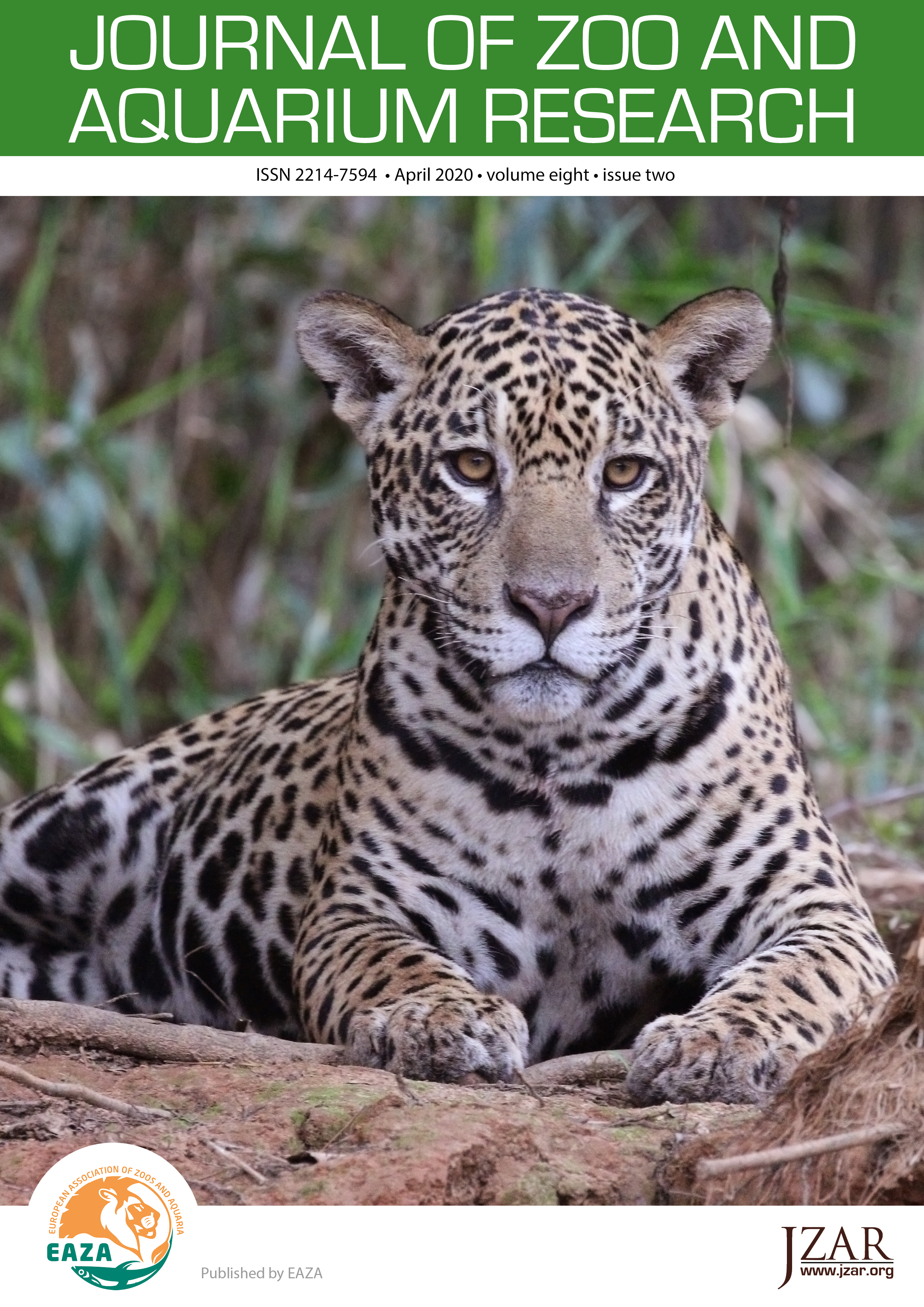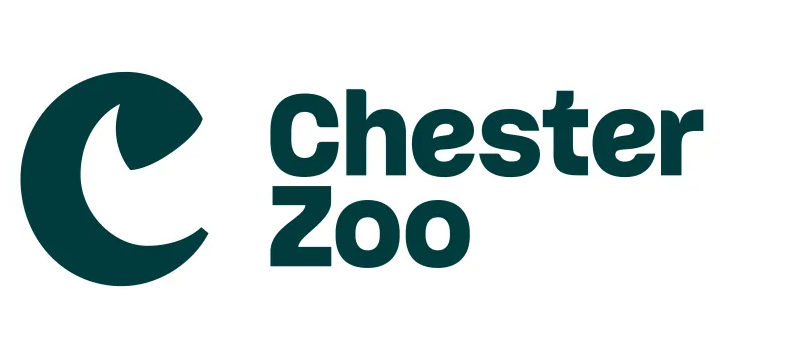Space Use and Enrichment in a North American River Otter (Lontra canadensis) Exhibit
DOI:
https://doi.org/10.19227/jzar.v8i2.402Keywords:
Lontra canadensis, otters, exhibit space use, environmental enrichment, SPI scoreAbstract
Exhibit design and environmental enrichment can influence the space use of captive animals. On May 2, 2014, the Tennessee Aquarium opened a new, expanded North American river otter (Lontra canadensis) exhibit, “River Otter Falls.” The exhibit housed 6 otters (5 male and 1 female). A group of three otters was rotated in the exhibit every 2-2 ½ hours. Using a scan sampling procedure with 30 second intervals, the location and number of the otters was marked in one 9 areas of the exhibit. The number of otters not visible was also counted. The study lasted for 4 months, with 43 sessions each lasting ~45 min. The results showed that the otters tended to use all areas of the exhibit rather than confining themselves to one or a few areas. (total SPI = 0.35) and were visible 98% of the time. G-tests showed that the otters were using the areas significantly different from chance with variations in how they are using each individual area of the exhibit. Comparisons of the visibility and location after enrichment showed that the otters tended to use the exhibit less uniformly during enrichment, but increased time spent in areas of the exhibit with greater visibility and proximity to guests. During enrichment sessions, otters were more visible in the areas of the tank that visitors may see most easily, empathizing the role that enrichment can have on space use of an enclosure and visibility of animals in captivity.
Downloads
Published
How to Cite
Issue
Section
License
JZAR fulfils the DOAJ definition of open access and provides free and open access to the full text of all content without delay under a Creative Commons licence. The copyright holder of JZAR publications grants usage rights to third parties, allowing for immediate free access to the work and permitting any user to read, download, copy, distribute, print, search, or link to the full texts of articles.







